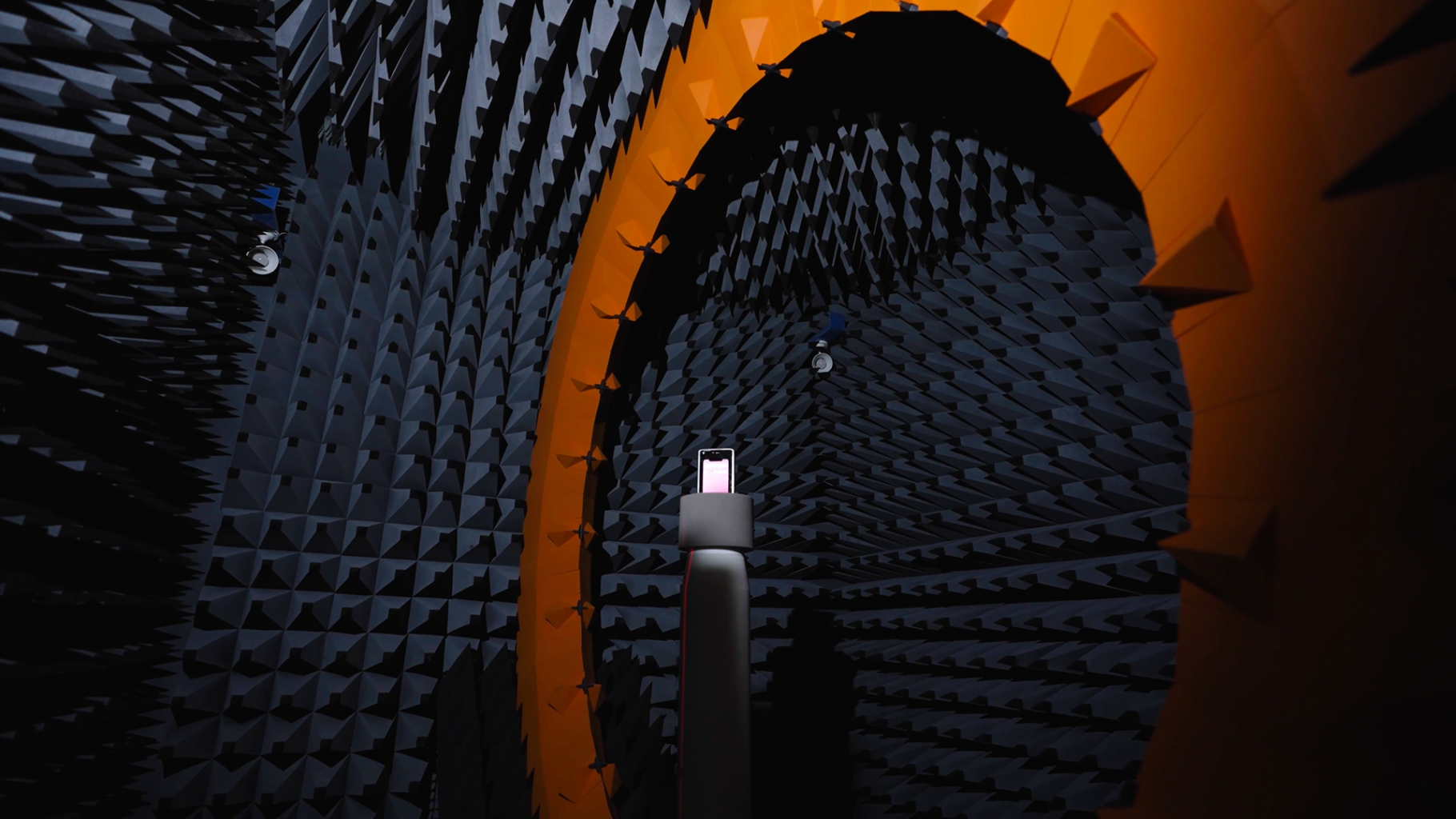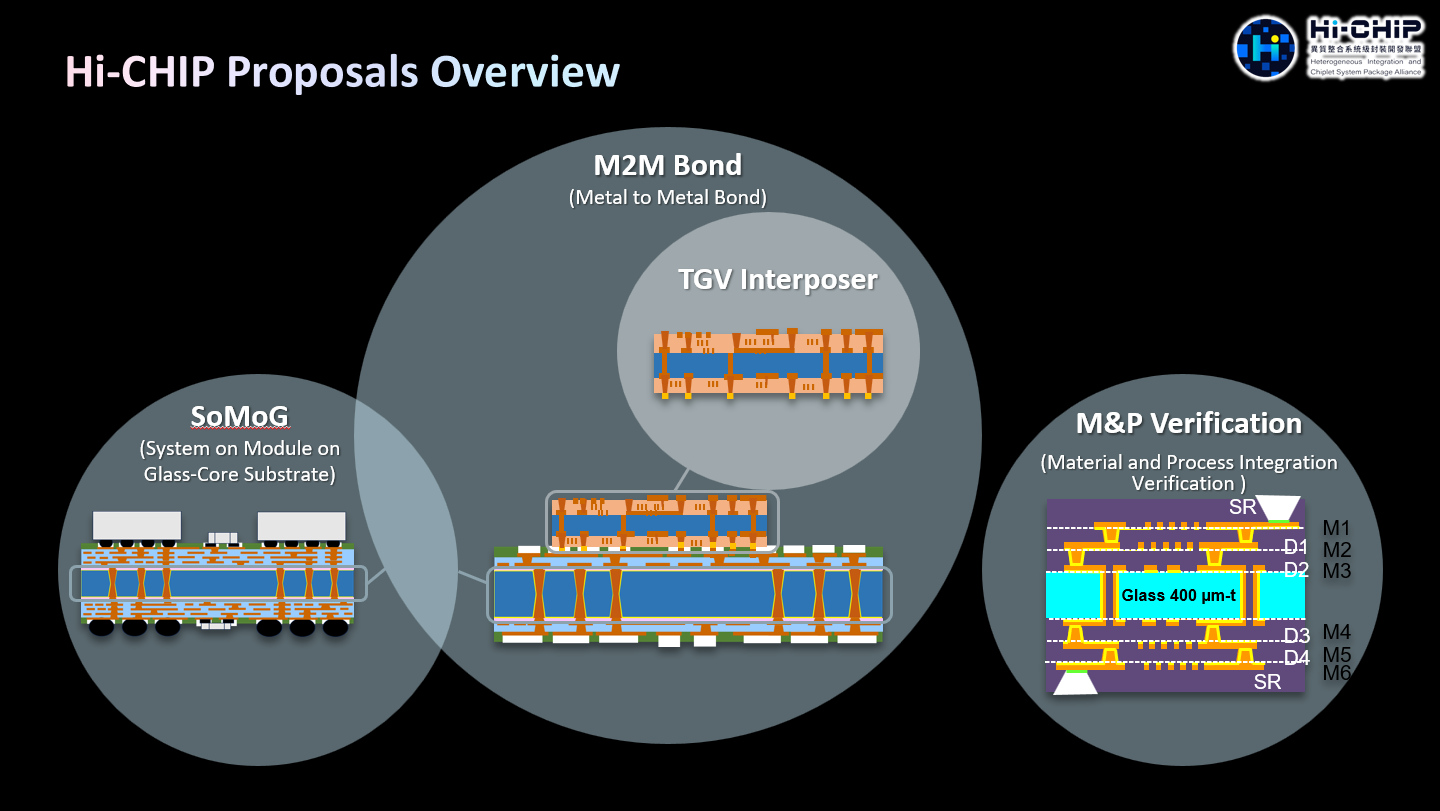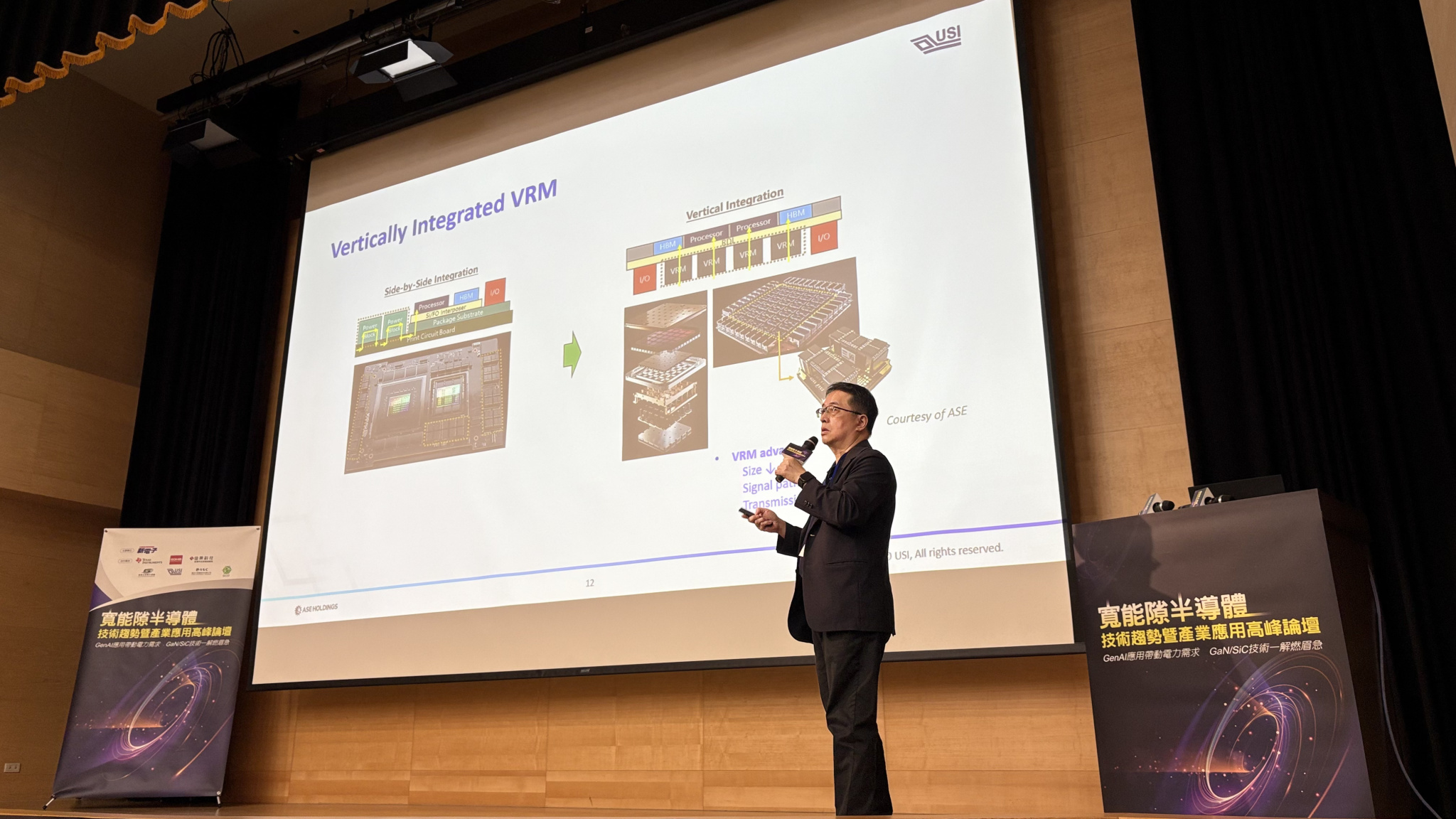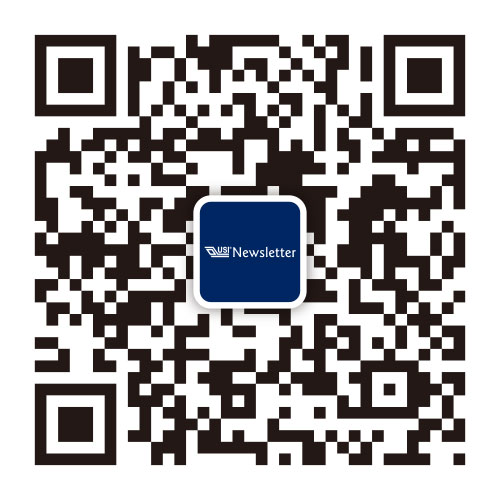Search
- 06/23/2022
USI 5G OTA Validation: Level the Product Design at First Glance
With the advancement of 5G technology, the world is witnessing a dramatic increase in the number of wireless subscribers and applications, followed by higher requirements for communication quality and stability of mobile devices. However, 5G products are even more challenging than 4G products in design, as the antennas are distributed much more densely.
Following the discussions in the previous article about 5G RF design and validation, this article will further explore "OTA Validation".
The system validation process will start once all the antenna, RF circuit boards, and mechanisms has been integrated. In this process, the product performance such as signal interference and stability will be measured by simulating the transmission of the signal in multiple environments. Meanwhile, the engineer will use a dummy to simulate real-life usage scenarios perfectly. In this stage, we will clarify the product design and the advantages and disadvantages of integration.
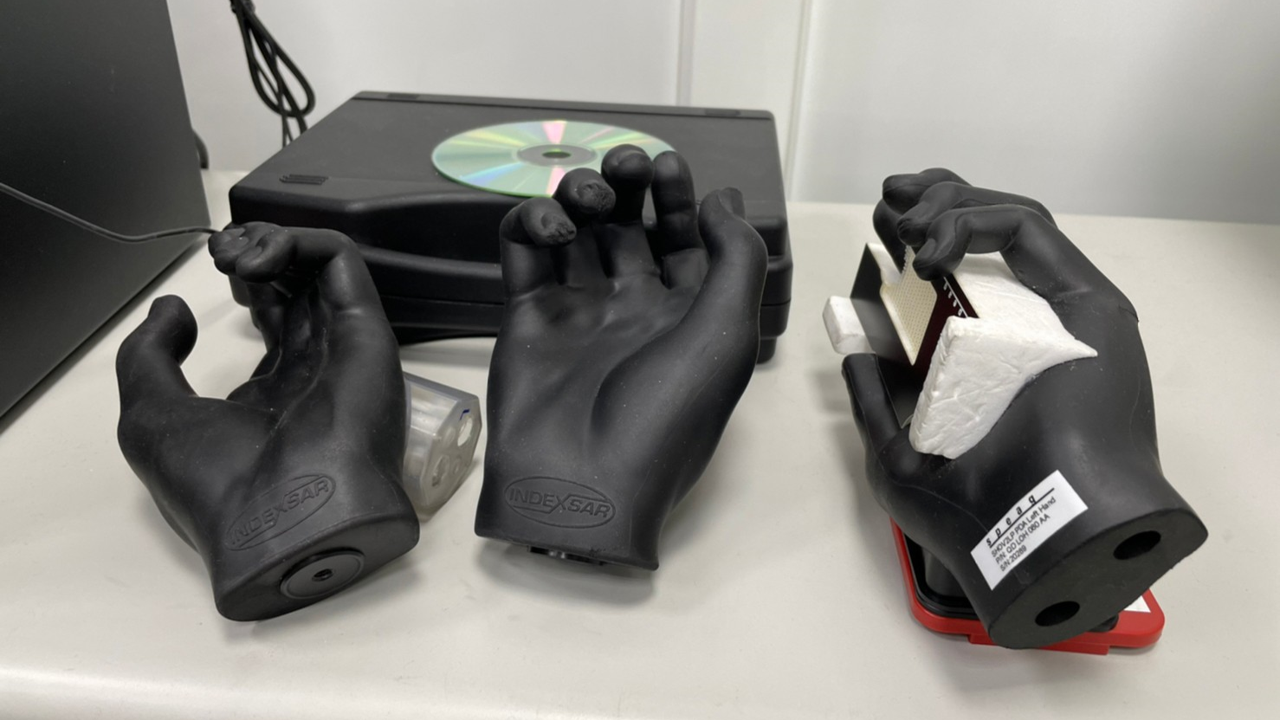
Learn More: USI 5G RF Circuit Design and Validation: Optimizing Board Level Development Efficiency
5G OTA (Over-The-Air) Validation: Comprehensive knowledge of Pros and Cons of Hardware Design and Integration
As mentioned in the previous two articles, substantial human resources and time have been invested in antenna design, RF design, and simulation. There is no guarantee that the system testing will pass even if all validation tests have passed, because antennas densely packed in limited space, such as a smartphone, may affect each other, resulting in an inability to achieve the desired performance. It is also a challenge for components of 5G products to resist electromagnetic interference from each other.
As a result, USI has purchased a variety of testing chambers, such as the most popular Satimo SG 24 Chamber and Keysight CATR 430 Chamber for our OTA lab. For different specifications, sizes and customer requirements, we can provide a complete series of simulation services by virtue of our design, experience and test engineers.
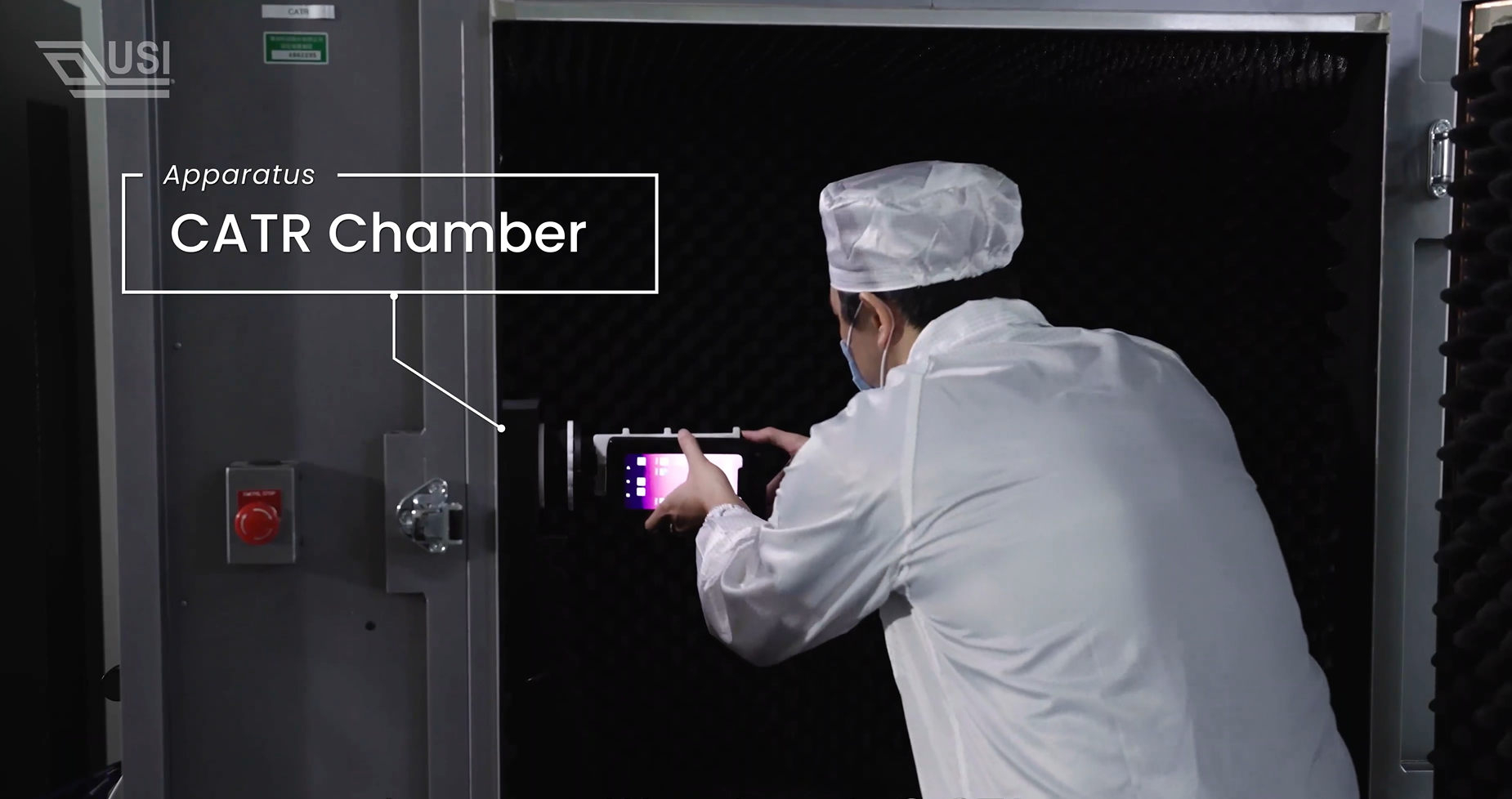
Depending on various settings, OTA validation includes the total radiated power (TRP) test for antenna near or far fields, total isotropic sensitivity (TIS) test, intermediate channel sensitivity (ICS) test, and mmWave beamforming validation.
For instance, the TRP test is conducted using dummy hand and head under simulated talk mode. When the call is underway with WiFi enabled, WiFi and cell phone signals will interfere with each other. This is also one of the test items most likely to have problems.
5 Invisible Strengths by USI 5G OTA Lab
Our purpose in early planning for and establishing of an OTA lab is to obtain accurate data, provide a full range of testing services, and assist customers in identifying problems earlier in the development stage while offering solutions. This also gives us five key strengths to outperform in this industry and make us the perfect choice for customers when they need to choose a partner for 5G development projects:
Key Strength 1: Significantly shortened testing times by OTA validation device which conforms with the internationally recognized standard
Our OTA chambers include Satimo SG 24 chambers for FR1 and CATR 430 chambers for FR2 testing. These chambers comply with the criteria for internationally certified OTA professional labs and the standard of CTIA-the Wireless Association, enabling USI to
A series of devices can be validated, even if they are as large as POS terminals or as small as smart watches. In other words, products can be tested regardless of size. USI can offer comprehensive validation services, irrespective of the frequency band (FR1, FR2), device size (notebook computer, watch, etc.) and test speed.provide precise test results at least 2 times faster
Key Strength 2: Significantly lower validation costs
It is expensive to get tests in internationally recognized OTA professional labs, which generally costs hundred dollars per hour. It takes more than 400 hours to test just an item, let alone expenses for retests in case of product modifications. This is a considerable expense for customers.
If essential test items are removed to reduce the cost, which eventually leads to non-compliance or redesign of a product, a more severe problem may arise. However, validation services in USI cover both prototype validation and modification tests, enabling customers to avoid limitations due to costs.
Key Strength 3: Minimizing the effect of variables in the validation process
USI OTA lab is armed with professional test engineers for the validation tasks who comply with uniform principles in every test with the same tools and approaches to
Moreover, the devices are also calibrated quarterly and annually by reference to Golden Samples. They are tested repeatedly, and the data will be validated to ensure accuracy.minimize human errors and uncontrollable variables,
to achieve an
internationally recognized standard.
Key Strength 4: Extensive experience in test interpretation as a result of years of investment in development and validation
USI has established a team to provide validation services since the 3G era, gaining extensive experience. As the world enters the 5G era, we begin to build a highly integrated one-stop 5G lab. With a complete set of devices, and an experienced team of experts in antenna, mechanical and RF, USI is the ideal partner to provide 5G development and testing services for the customer.
There was a customer who neglected the simulation process of antenna design at the early development stage and eventually failed to meet the initially defined data standards after entering the OTA validation stage. The customer then contacted USI 5G team, and we identified the root causes after another OTA retesting round and debugging procedure.
The failure was due to compatibility between antennas and RF circuits, which required massive adjustments to the overall design. Our design experience assisted the customer in successfully modifying its products and passing the validation process while guaranteeing the minimum changes and cost.
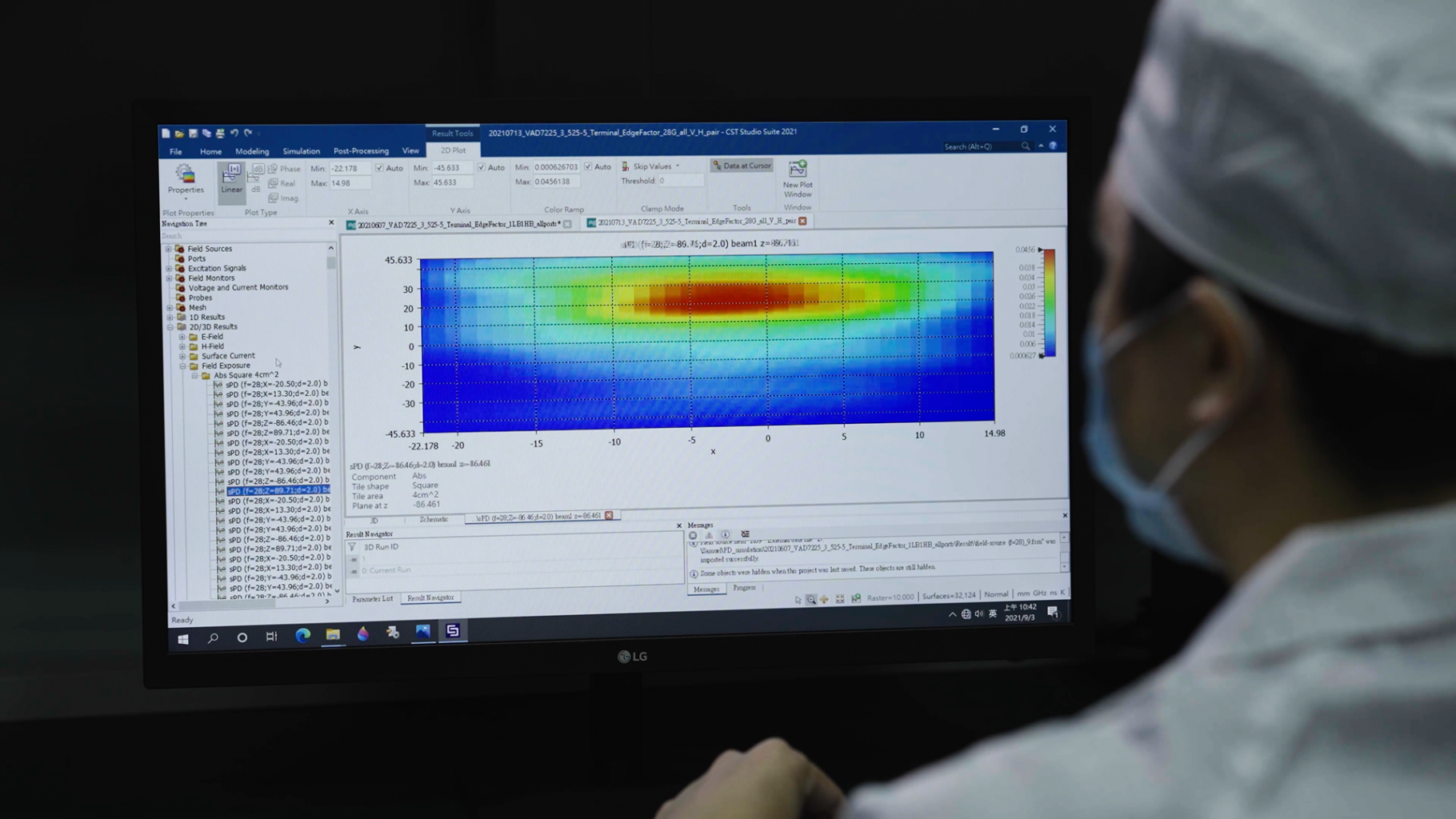
Key Strength 5: Identifying problems and offering solutions
Brand owners or manufacturers can only obtain a test report from their entrusted labs and have to find solutions for problems presented in the report by themselves. For example,
However, through the services of the USI OTA lab, we not only analyze data and assess the data validity but also identify root causes and offer multiple solutions to customers for reference and to choose from, making efforts to solve every pain point for the customers.a food inspection report will only tell us
whether harmful substances are contained
but not specify why they exist.
Always getting ahead of customers by comprehensive 5G OTA services
In the 5G era, there will be more diverse items, and test systems will be more complex, compared to those in the 3G and 4G eras. USI OTA lab has accumulated experience over a decade. Thus, the five strengths help us to provide increasingly complete and optimized 5G development services. And most of all, these enable USI to assist customers in solving each problem accurately. USI is getting ahead of customers and taking the lead in the industry to offer unique 5G services and become an essential maker to usher in the 5G era.
Keep up with top trending topic
For the latest innovation technology, application
and industry insight.
Subscribe Our Blog
For the latest innovation technology, application
and industry insight.


